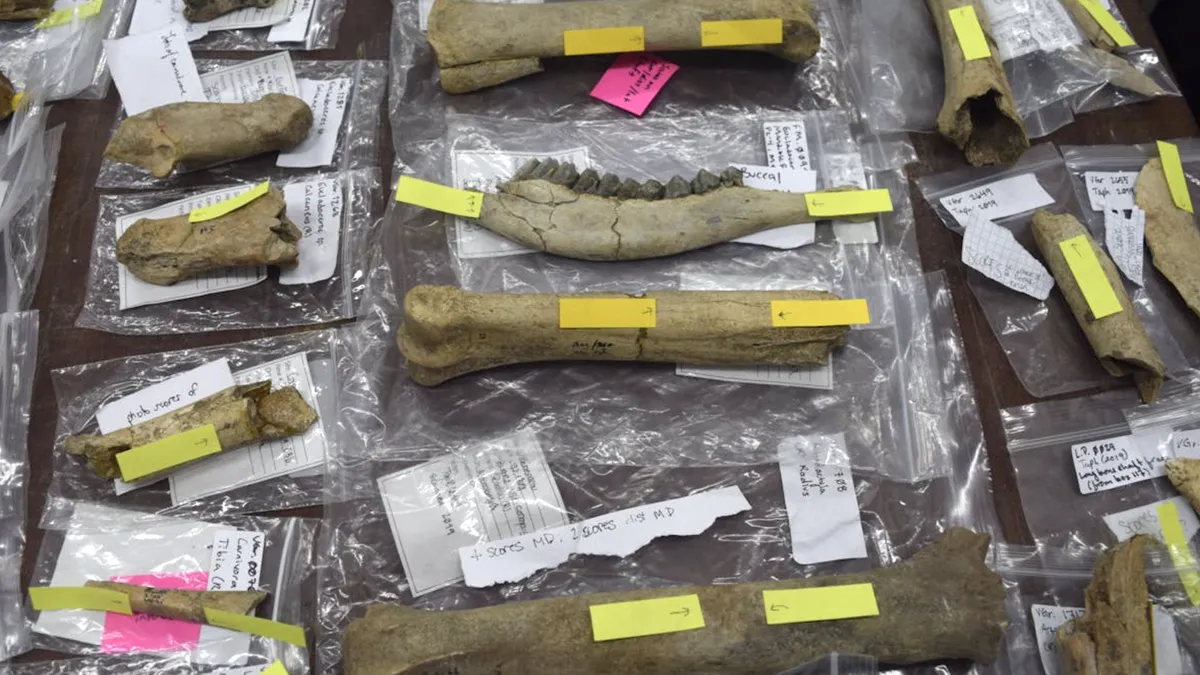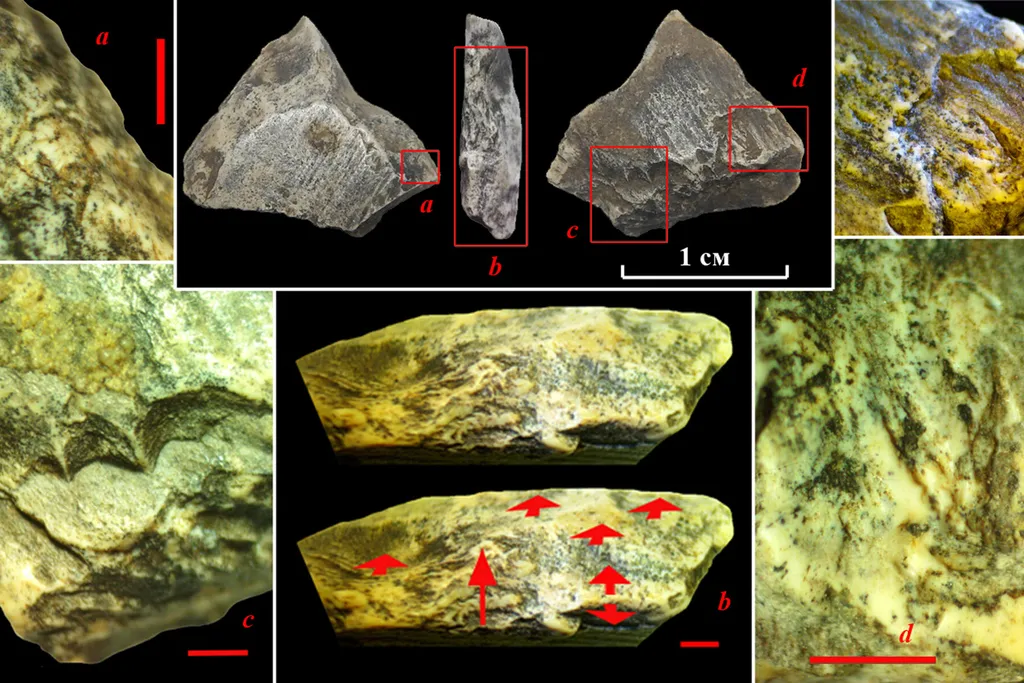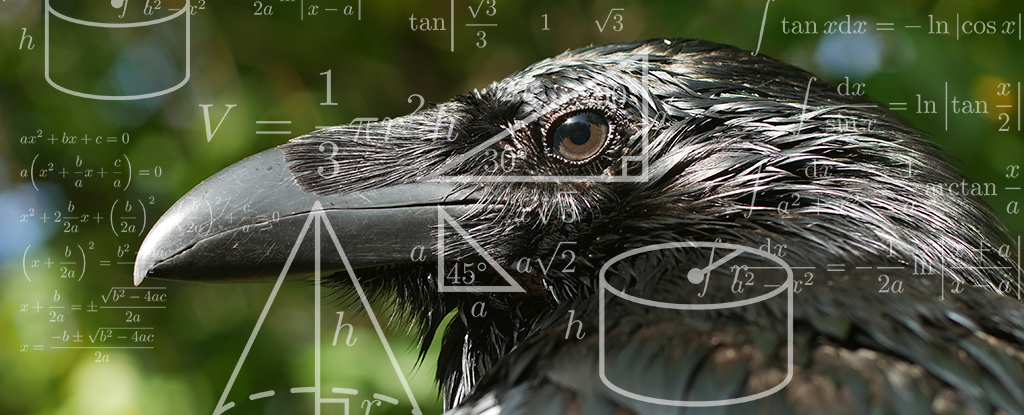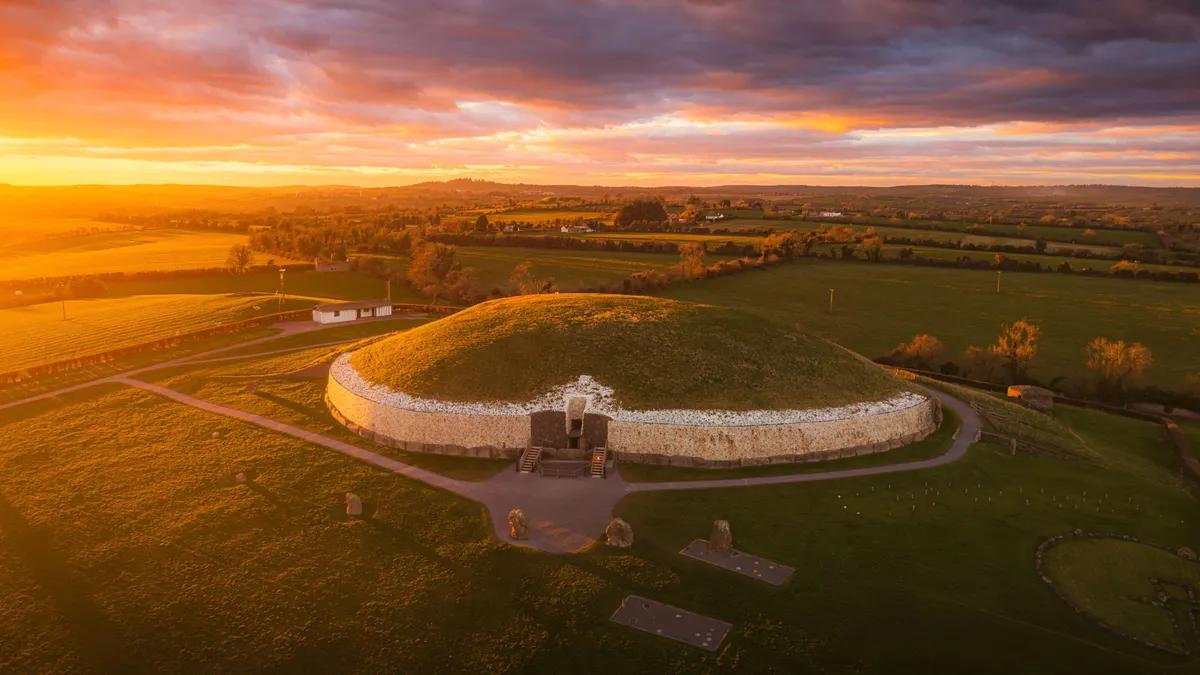News Desk

Archaeologists in Peru said Thursday they found the 5,000-year-old remains of a noblewoman at the sacred city of Caral, revealing the important role played by women in the oldest center of civilization in the Americas.

Mass General Brigham researchers found that interactions between immune and brain cells drive fear responses, but treatment with psychedelics like MDMA and psilocybin may reverse these effects. Results are published in Nature.
Image by Matthew W. Johnson (Wiki Commons)
Water is critical to life on our planet, but the conventional theory of how it ended up being so abundant on Earth might be completely wrong. The new research is published in the planetary science journal Icarus.

Following a recent study, Dr. Przemysław Bobrowski and his colleagues published new radiocarbon dates on Holocene (11,700 years ago to the present) sites located in the Tsakhiurtyn Hundi (Flint Valley) region of Mongolia. The work has been published in the journal Radiocarbon

The event that refilled the Mediterranean basin 5m years ago is thought to have been the largest flood in Earth’s history, with water surging through the present-day strait of Gibraltar 1,000 times faster than the Amazon River, filling the basin in just a couple of years. The findings have been published in Scientific Reports.

A study led by Prof. Amos Frumkin from the Hebrew University of Jerusalem sheds new light on one of humanity’s most significant turning points: the Neolithic Revolution. Published in the Journal of Soils and Sediments, the study presents compelling evidence that catastrophic wildfires and soil erosion—driven by natural climate shifts—may have sparked the first widespread transition from hunting and gathering to farming in the southern Levant over 8,000 years ago.

Researchers reexamining fossils identified telltale marks made by human ancestors cutting meat from bones. The discovery pushes back the date hominins started living in Europe by 200,000 years. The research was published in Nature Communications.

Thought to be more than 2,000 years old, the Antikythera mechanism is widely considered the first computer in history, an analog calculator that was way ahead of its time… or was it? The research has yet to be peer-reviewed or published in a journal, but is available on the preprint server arXiv.

Archaeologists have unearthed mysterious 400,000-year-old artifacts made from mammoth tusks that may be the oldest human-made ivory objects ever found. They describe their findings in a recent paper published in the International Journal of Osteoarchaeology.

Crows have a sense of geometric intuition much like our own, a new study reveals. The research was published in Science Advances.

Extraterrestrial rocks, recently delivered by a space probe, could answer the big questions about alien lifeforms and human existence

A study by Dr. Matthew S. Taylor, published in the Journal of Osteoarchaeology, reports on the reanalysis of modified human bones discovered at several prehistoric South Texas archaeological sites.
Scientists have cooked up a non-hallucinogenic version of LSD, which they say has “extremely high therapeutic potential” for conditions like schizophrenia.

Archaeologists have long assumed that Stone Age tombs in Ireland were built for royalty. But a new analysis of DNA from 55 skeletons found in these 5,000-year-old graves suggests that the tombs were made for the community, not for a ruling dynasty. The study was published April 2 in the Cambridge Archaeological Journal

A surprise discovery in Gale Crater is the component that was missing in the puzzle of Mars’s climate history. The findings have been published in Science Advances.
Researchers have revealed the Arabian Peninsula’s green past. Though a desert today, ancient Arabia had lakes and rivers due to high rainfall. Results of the expeditions are published in the Communications Earth & Environment journal.








